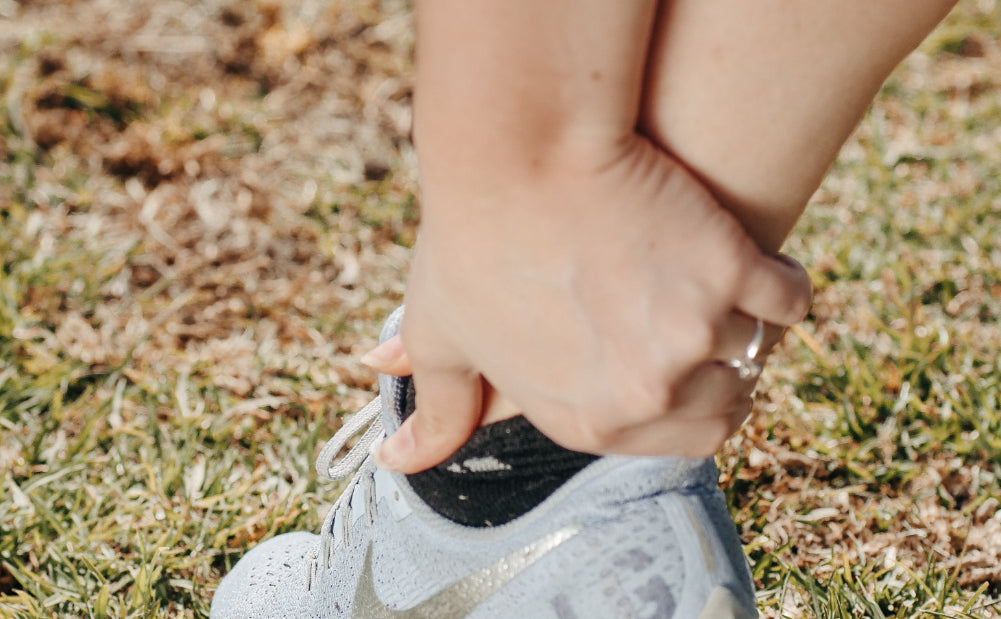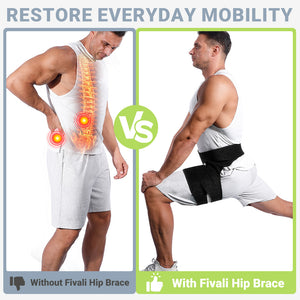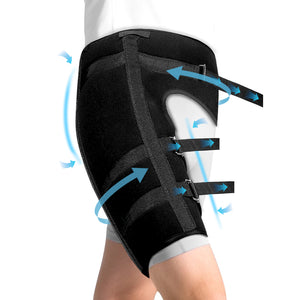Why Is My Feet Swelling?

This article provides an in-depth examination of the issue of foot oedema, a common problem affecting many individuals. From the common problem of prolonged standing or sitting, to swelling caused by injury, trauma, oedema, venous insufficiency, etc., Fivali breaks down the reasons behind each of these. In addition, the article pays special attention to the special conditions of pregnant women and people on long-term medication.
The detailed description of the conditions of swollen feet is provided to help readers better realise the problem. The importance of pursuing early advice from a healthcare professional in order to obtain an accurate diagnosis and a targeted treatment plan is also emphasised.
In addition to causes and diagnosis, the article offers practical advice to help readers alleviate foot oedema, improve circulation, and maintain the overall health of their feet. Both lifestyle modifications and daily care can help readers better manage foot oedema.
Causes of Foot Swelling
Swelling in the feet can be caused by a variety of factors, and it's crucial to identify the potential problem from there. The following are a few examples of common reasons:
- Prolonged Standing or Sitting: Protracted periods of standing or sitting without exercise can cause water to accumulate in the feet and ankles, resulting in oedema of the feet and ankles simultaneously.
- Injury or Trauma: Suffering a foot injury, such as a sprain, strain or fracture, results in swelling as part of the body's natural healing response.
- Oedema: The accumulation of extra fluid in the body's organs is known as oedema. There are many causes of oedema, such as kidney disease, heart failure, liver disease, certain medications or hormonal changes.
- Venous Insufficiency: Frequent fluid retention and swelling of the feet and ankles occur when the veins in the legs have trouble transporting blood to the heart.
- Pregnancy: Changes in hormone levels and an elevated volume of blood circulation can cause fluid to build up in the feet and ankles, leading to oedema.
- Medications: Depending on the type of medication, such as calcium channel blockers, non-steroidal anti-inflammatory drugs (NSAIDs) or hormones, this can lead to either fluid retention and subsequent oedema of the foot.
Please consult a doctor if your feet continue to swell and become severely swollen, to avoid delaying your treatment. They can either help determine the underlying cause and recommend particular strategies to reduce the oedema.
Symptoms of Foot Swelling
Foot swelling can cause a variety of symptoms. Here are some of the most prevalent indications and symptoms of foot swelling:
- Noticeable Swelling: The primary manifestation of this disease is a remarkable enlargement of the foot, accompanied by a tense or full feeling.
- Puffiness or Bloating: The feet may appear puffy or bloated, making it difficult to put on shoes or walk comfortably.
- Agony or Discomfort: Swollen feet can cause discomfort, soreness, or even suffering. This can make standing, walking, and other daily activities difficult.
- Reduced Range of Motion: Foot oedema can occasionally lead to reduced range of motion in the ankles and feet. This can make it difficult to flex or move the feet freely.
- Skin Changes: Swelling can cause a variety of changes in the skin, including redness, warmth, tightness, and a shiny or taut feeling.
- Difficulty Fitting into Shoes: Due to swelling, it may be challenging to fit into conventional shoes or other types of footwear.
Tips for Reducing Foot Swelling
Here are some suggestions to help minimise foot swelling:
- Elevation: Wherever practicable, elevate your feet above your heart. Increasing the height of your feet with pillows or footpads can effectively promote blood circulation in the lower limbs, reduce fluid buildup, and soothe discomfort at the same time.
- Rest and Movement: Avoid standing or sitting for extended periods. Regularly relax, extend your legs and feet, and take a walk. Soft activities, such as rotating the ankles and extending the calves, help improve their circulation.
- Compression Socks or Stockings: Compression socks or stockings can significantly improve blood flow and reduce swollen feet and ankles. The pressure in these garments is graduated, with the most pressure at the ankle and decreasing towards the calf.
- Cold Water Soak: Soaking your feet in cold water for 15-20 minutes will help reduce oedema. Cold compresses constrict blood vessels and reduce inflammation. Hot water should be avoided because it can exacerbate swelling.
- Avoid Shoes That Are Too Tight: To prevent oedema, it is recommended to choose shoes that are loose and comfortable, with soft soles, and avoid tight or thin-fitting shoes for this purpose at all times.
- Limit Your Salt Intake: Excessive sodium can contribute to fluid retention and exacerbate swelling. Reduce your salt intake, skip processed foods and eat more fresh, natural foods.
- Stay Hydrated: By drinking plenty of water throughout the day, you can help flush excess fluids from your body and maintain optimal hydration levels.
- Massage: Gently scrubbing the feet and ankles will help to improve circulation and reduce oedema. To ensure increased fluid drainage, tap upwards towards the heart.
It is extremely valuable to be aware that while these recommendations may provide such temporary relief, it is imperative that you treat the actual underlying cause of the swelling in your feet. If you experience chronic or severe swelling or other bothersome symptoms, consult your doctor for an accurate diagnosis and appropriate treatment.













